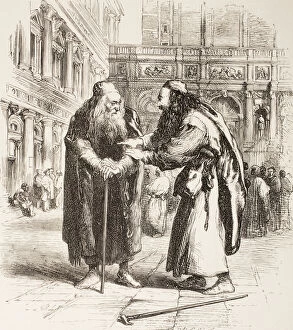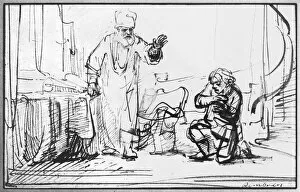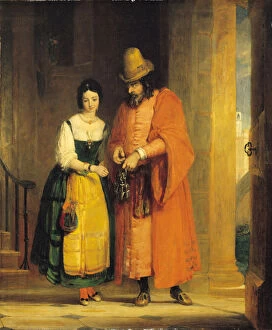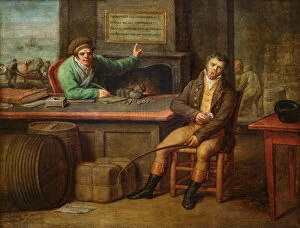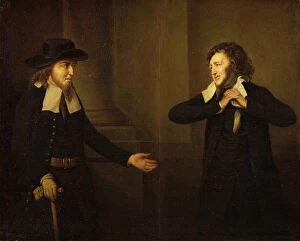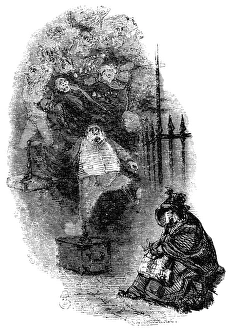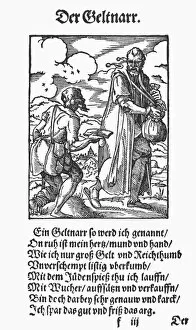Moneylender Collection (#3)
"The Moneylender: A Historical Perspective on the Role of Finance in Art and Literature" From Renaissance paintings to literary classics
All Professionally Made to Order for Quick Shipping
"The Moneylender: A Historical Perspective on the Role of Finance in Art and Literature" From Renaissance paintings to literary classics, the figure of the moneylender has long captivated artists and writers alike. In "The Banker and his Wife" (1538), we witness a glimpse into the world of wealth accumulation during the 16th century. The painting portrays a prosperous couple surrounded by symbols of affluence, emphasizing their association with financial power. In contrast, "Christ throwing the merchants out of the temple" (c1950) by Shirley Markham depicts an act of divine intervention against exploitative practices. This biblical scene serves as a reminder that even religion condemns unethical lending practices. William Shakespeare's play, "The Merchant of Venice, " introduces us to Shylock, one of literature's most complex moneylenders. Through this character, Shakespeare explores themes such as prejudice and justice while challenging societal perceptions surrounding finance. Christian Wilhelm Allers' depiction in "Money[lender?], Kandy, Ceylon" (1898) offers insight into global perspectives on moneylending. It showcases how this profession transcended borders and cultures throughout history. Henry Traut's artwork titled "Expulsion of the moneylenders" (1922) captures a pivotal moment in history when society began questioning exploitative financial systems. This piece reflects growing concerns about economic inequality during that era. John Flude's London Trade Card from centuries ago reveals how pawnbrokers played an essential role in providing credit to individuals who needed immediate funds but lacked traditional banking options. Artists like Marius Van Romerswael depicted scenes like "Two Usurers, " highlighting both negative stereotypes associated with moneylenders and their influence on society at large. Thomas Ingoldsby's illustration from his book published in 1887 shows how literature perpetuated certain narratives about Jewish moneylenders through stories passed down generations. Lastly, "The Money Changers" (c.



